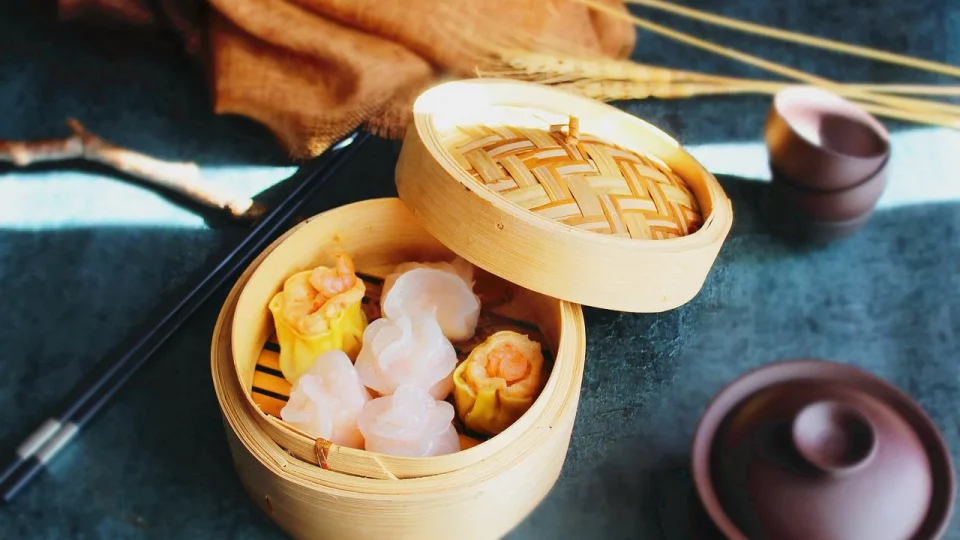Here is some good news for dim sum lovers. The Cantonese treats in Hong Kong are generally healthier now due to a decreasing trend in their sodium content.
The Centre for Food Safety said in a press release on Tuesday that the overall sodium content in dim sum served in Hong Kong was lower in its latest study compared with previous ones.
It collected 120 non-prepackaged food samples covering 12 types of dim sum, together with samples of four types of sauces, from various Chinese restaurants and dim sum shops to analyze their sodium content.
Results showed that the sodium content of all non-prepackaged dim sum samples ranged from 3 milligrams/100 grams to 680 milligrams/100 grams, while the average for sodium content was 330 milligrams/100 grams.
Compared with the results of the previous study, the sodium content of nine out of the 11 types of dim sum that were tested previously was reduced, showing a trend toward lower sodium content in the dim sum found in the city’s eateries.
Among the different types of dim sum, shrimp siu mai was found to have the highest average sodium content (590 milligrams/100 grams), followed by spring roll with shrimp (480 milligrams/100 grams) and steamed minced beef ball (440 milligrams/100 grams).
Five samples of shrimp siu mai and two samples of spring roll with shrimp were considered as being high in sodium, that is having over 600 milligrams/100 grams, according to the center.
On the other hand, the dim sum types with the lowest average sodium content were steamed plain rice roll (66 milligrams/100 grams), steamed rice roll with beef (160 milligrams/100 grams) and steamed rice roll with barbecue pork (180 milligrams/100 grams).
A spokesman for the center said, “With reference to the study results, the sodium intake per person will reach 32 percent of the daily intake upper limit recommended by the World Health Organization (i.e. 2,000 milligrams of sodium) if two persons consume one dish of shrimp siu mai and one dish of spring roll with shrimp in a Chinese restaurant.”
The center said the study also showed that there was a large variation in the sodium content among samples of the same types of certain dim sum, such as steamed plain rice roll, steamed fan guo and steamed bun with pork and vegetables sold at different Chinese restaurants and dim sum shops, which revealed the possibility for restaurants to draw reference from their counterparts’ practices on how they can reduce the sodium content in those types of dim sum.
The spokesman reminded members of the public that some types of dim sum may be served with sauces, either by the food business or added by customers.
Consumption of dim sum with sauces may increase the overall sodium intake by more than two times, indicating how much sodium content sauces contributed to dim sum meals, he added.
The spokesman said that sodium is essential for body functions, but excessive sodium intake may increase the risk of developing high blood pressure. Untreated high blood pressure can lead to health issues including heart attack, stroke and kidney failure.




